I was walking one morning from the transient house that is nestled at Engineers' Hill of which I stayed while attending the seminar in Baguio City when I was greeted by the sight of wall paintings along the entrance of the subdivision. I stopped for a while to marvel my sight of these beautiful artworks and took pictures of them so I have some remembrance of this remarkable discovery.

The first one is the emblem of the University of the Cordillera of which s a shield with drawings of a torch, quill and a rice terraces of which a jaguar can be found below the shield. The shield usually represents protection, strength and unity. If we look closer at the shield, a torch, quill, and a rice terraces was drawn on its center of which have these representation: the torch symbolizes enlightenment and education. It represents the university's goal to provide quality education to its students. The quill symbolizes writing, literature and scholarship. It highlights the importance of academic endeavor and intellectual development. The rice terraces symbolizes the region's rich agricultural heritage and the university's connection to the local community. It might also represent the university's commitment to sustainability and environmental management. An illustration of a jaguar can be found below rhe shield of which it represents the athletic team of rhe university. This symbolizes strength, agility and power. This represents the commitment of the university to athletics and pride in its teams.
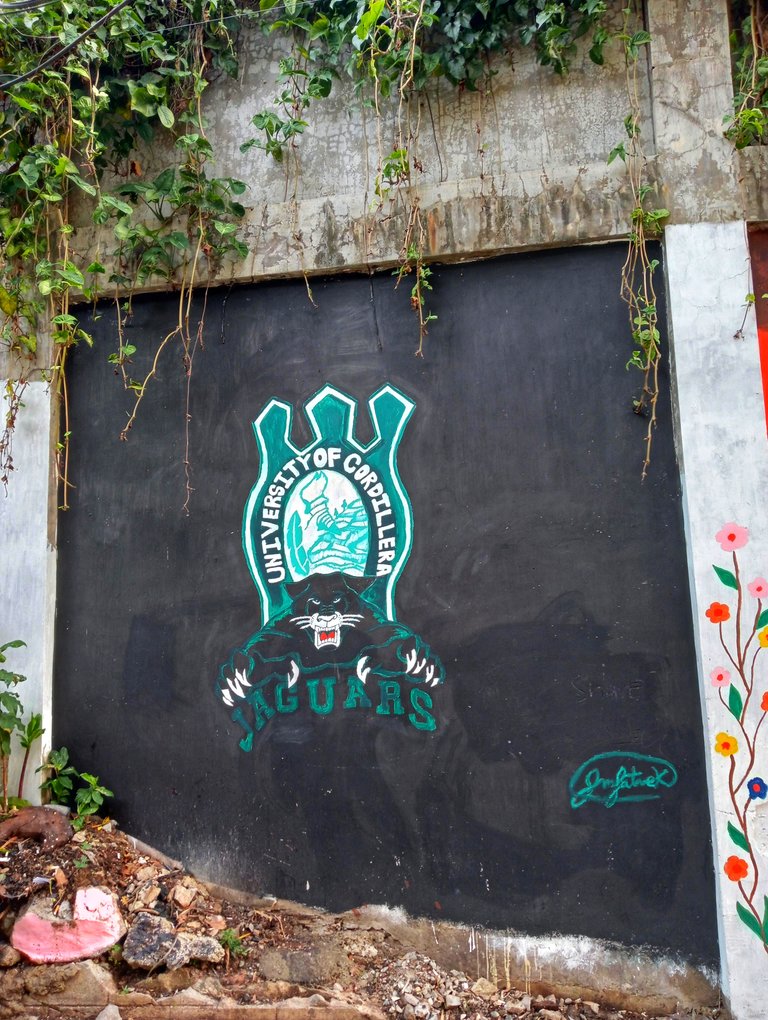
The second mural have an illustration of birds swarming on a tree branch amidst the glow of the golden hour. The birds symbolizes freedom, diversity and communication. They represents the beauty and abundance of nature in the Cordillera region. The branches symbolizes growth, stability and connection of which it emphasize that all living things are connected with each other. The glow of the golden hour symbolizes hope, new beginning and the end of the day. It also connotes that life in this world is not permanent.
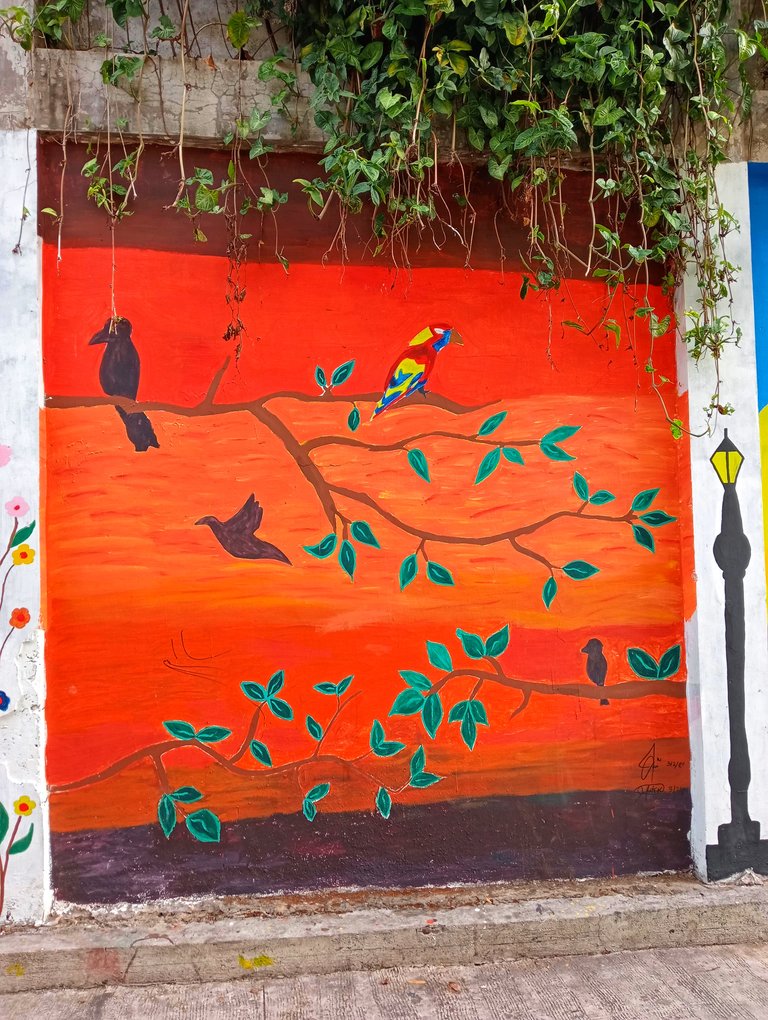
The sunflower in the third painting represents happiness, hope, and resilience. It serves as a striking reminder that even in the darkest of circumstances, light may be discovered. The mural, like a sunflower, always faces the sun, encouraging us to see the bright side of life and find hope even in the face of adversity.
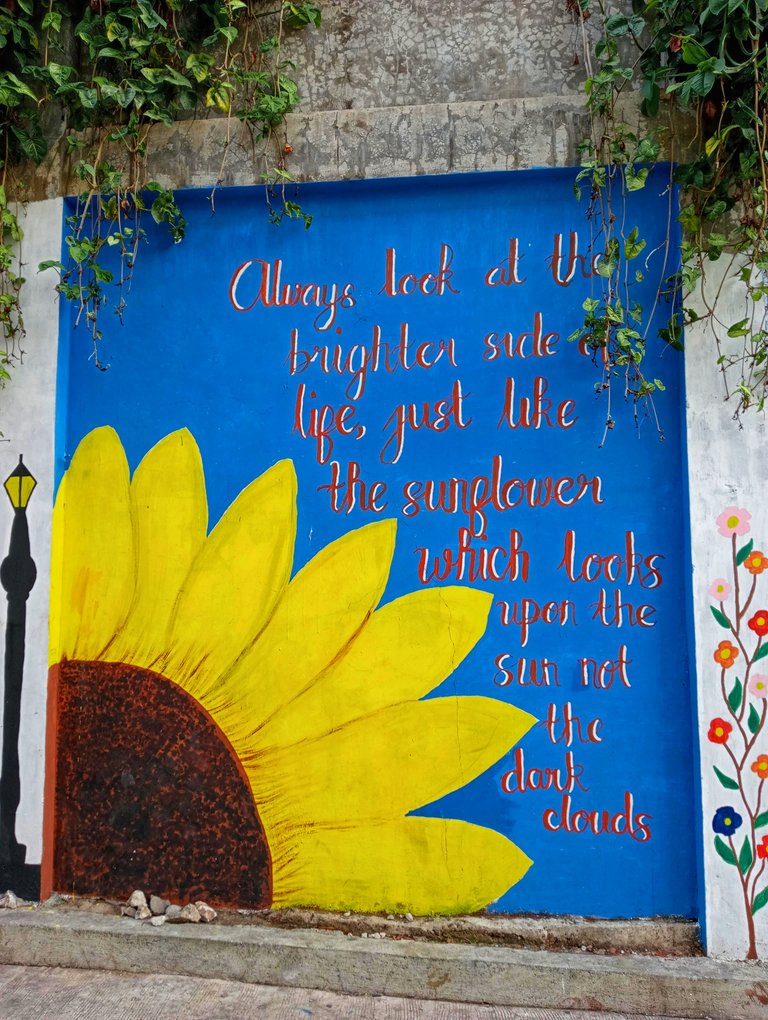
The fourth artwork depicts a colorful scene from Igorot culture. A male Igorot dressed in traditional costume plays a gangsa, a bronze gong-like instrument, while a female Igorot gracefully dances alongside him. This elegant portrayal honors the Igorot people's rich past and strong ties to their traditions. The painting most likely represents solidarity, the preservation of traditional rituals, and spiritual value. It is a strong reminder of the beauty and tenacity of Igorot culture.
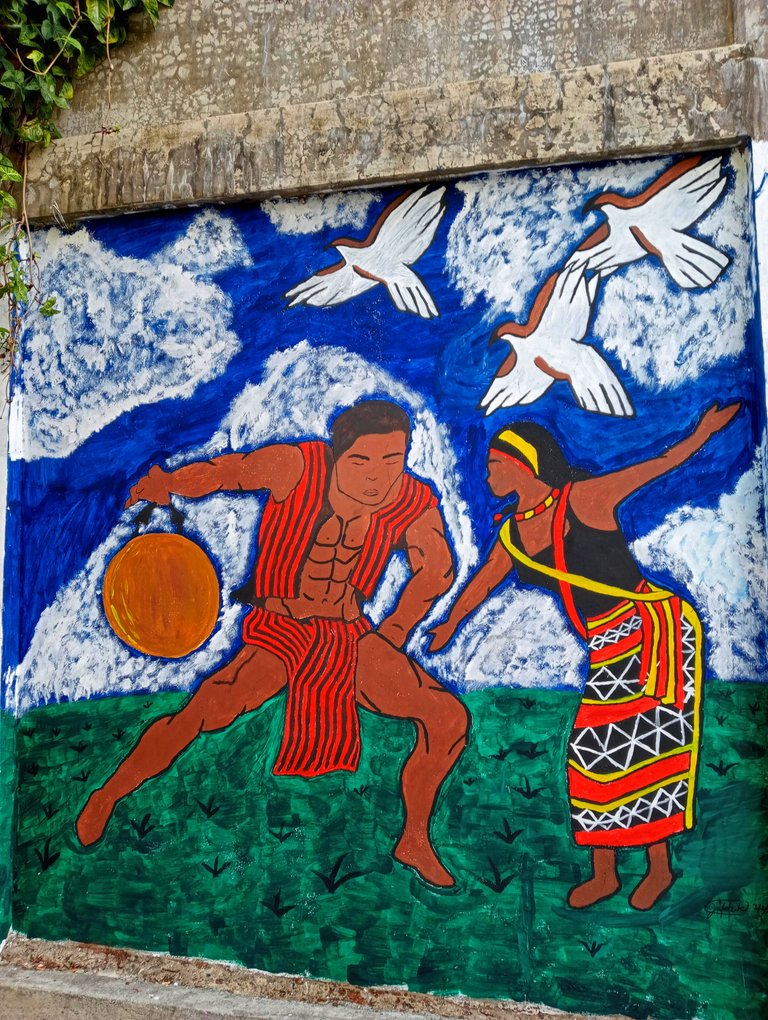
The fifth mural shows an Igorot man, a flute, a shield, an anito, and a spear. These things represent the Igorot people's culture. The man symbolizes the people themselves. The flute represents their music. The shield represents their history of defending their land. The anito represents their belief in spirits. The spear represents their connection to nature. The mural celebrates the Igorot people's heritage, their connection to the land, and their spirit.
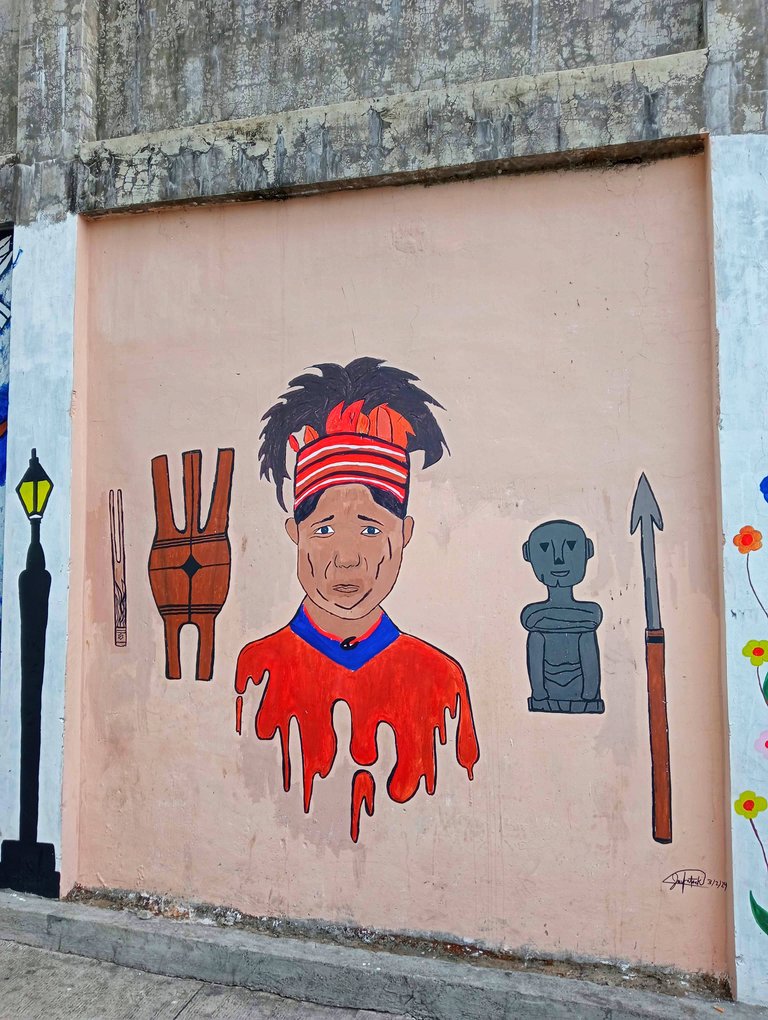
The sixth mural features two happy strawberries dancing on their shadows, with bright flowers and balloons all around them. This lively images can represent a celebration of the Cordillera region's strawberry harvest, showcasing the value of this agricultural product to the local population. It could also allude to a broader topic of happiness, joy, and appreciation for the abundance of nature. The vibrant colors and the expressive features of the strawberries add to the overall joyful and upbeat vibe.
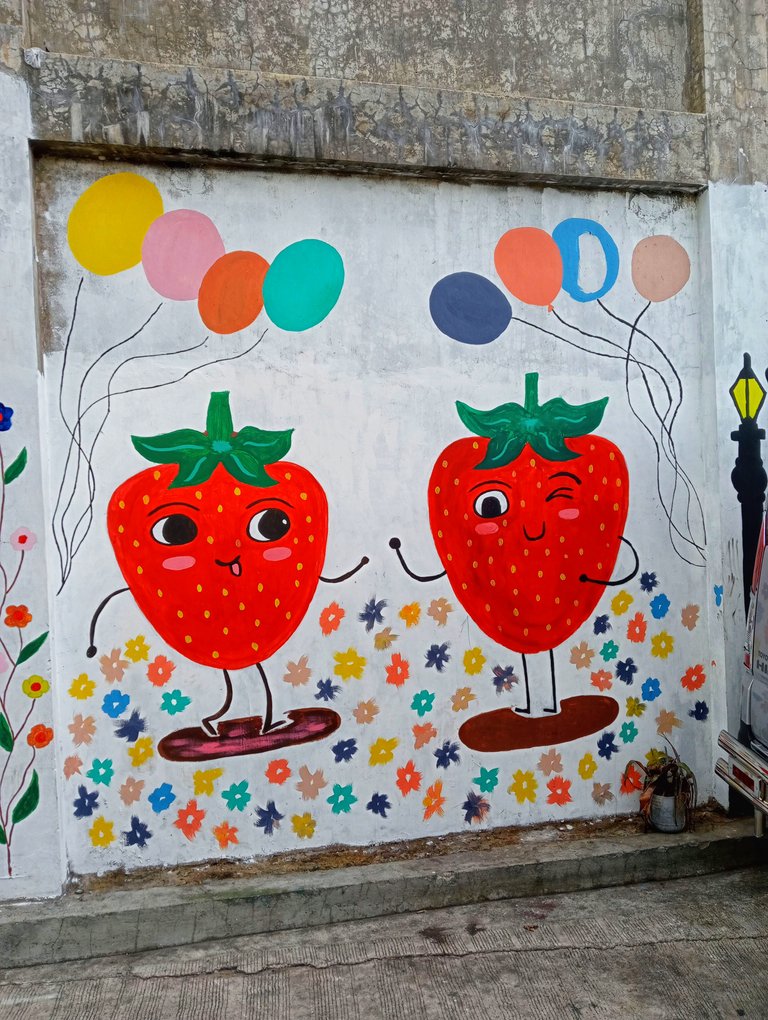
This is my first ever humble contribution to this community and my entry for CCC Street Art contest #213. Have a nice day and God bless to everyone!
